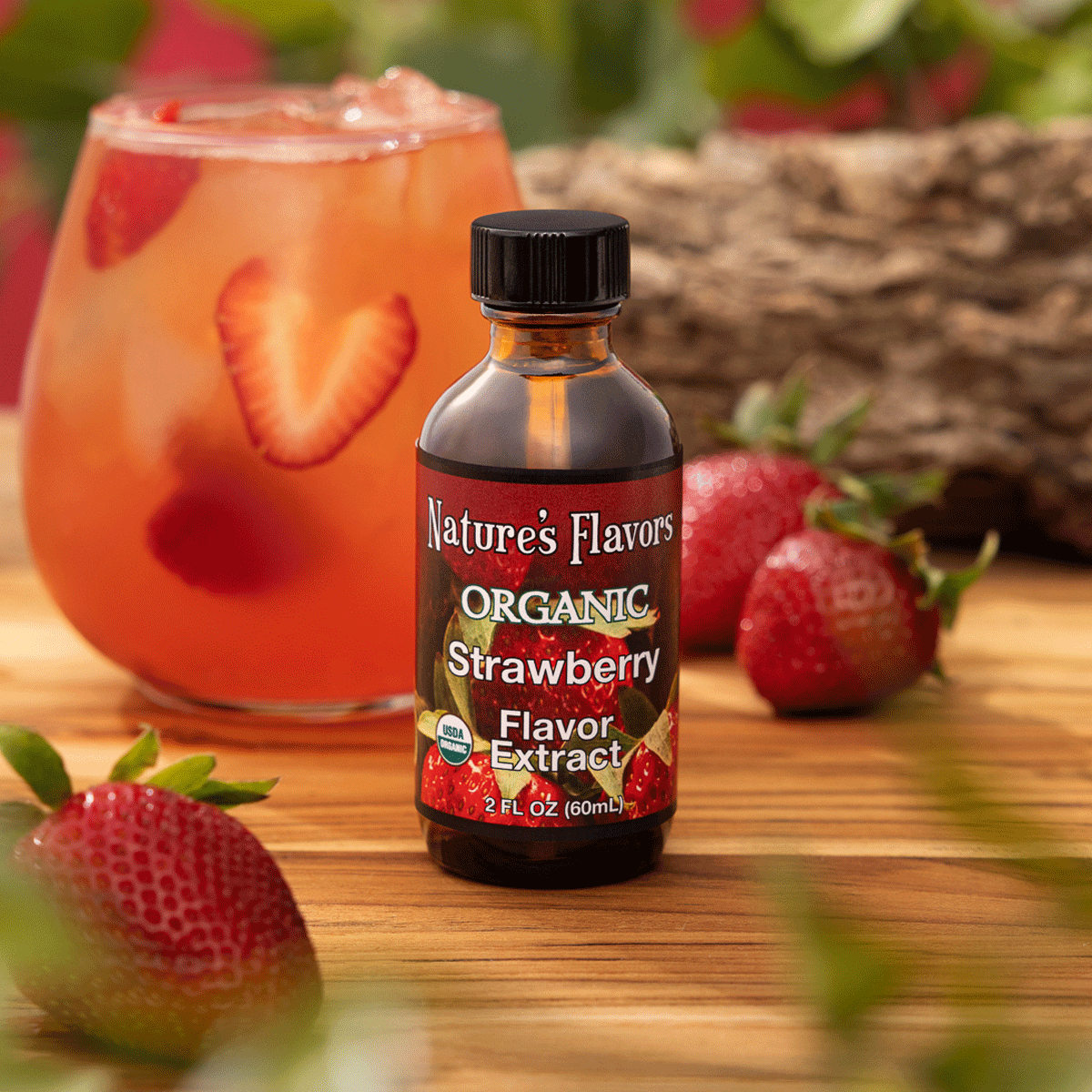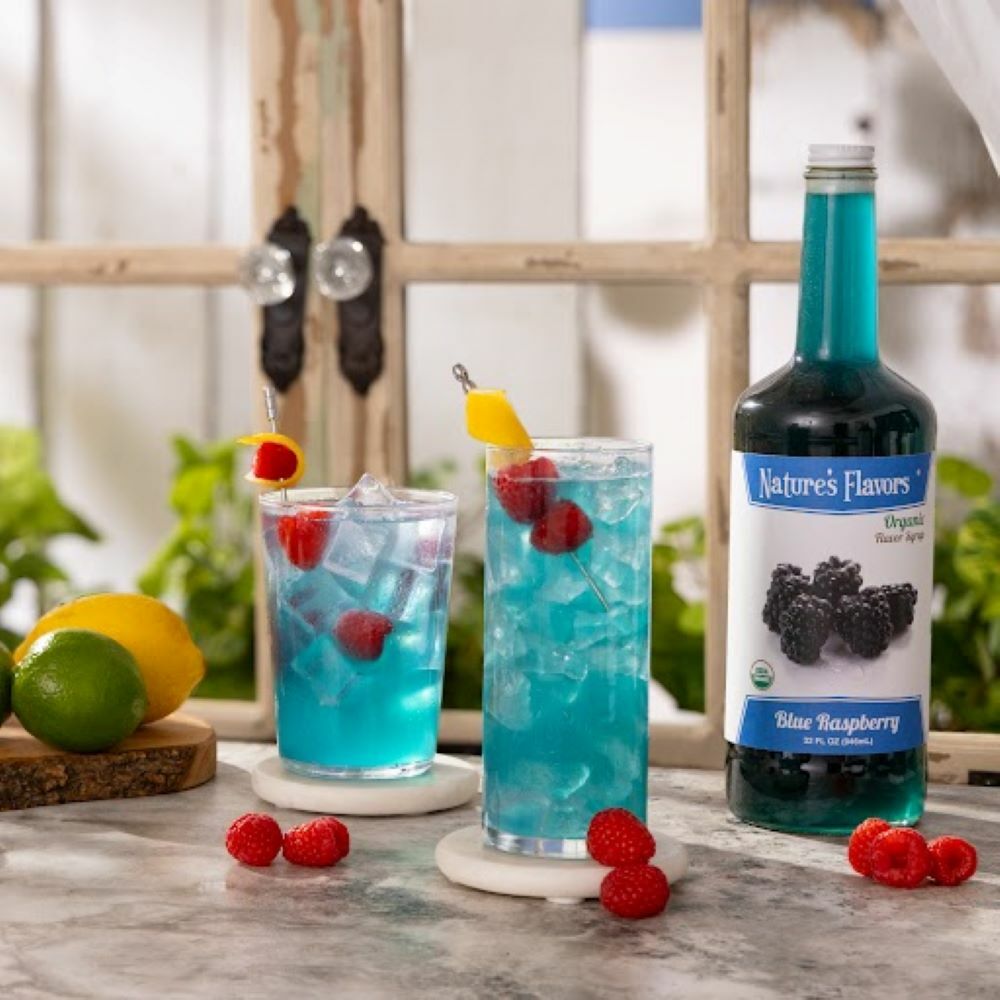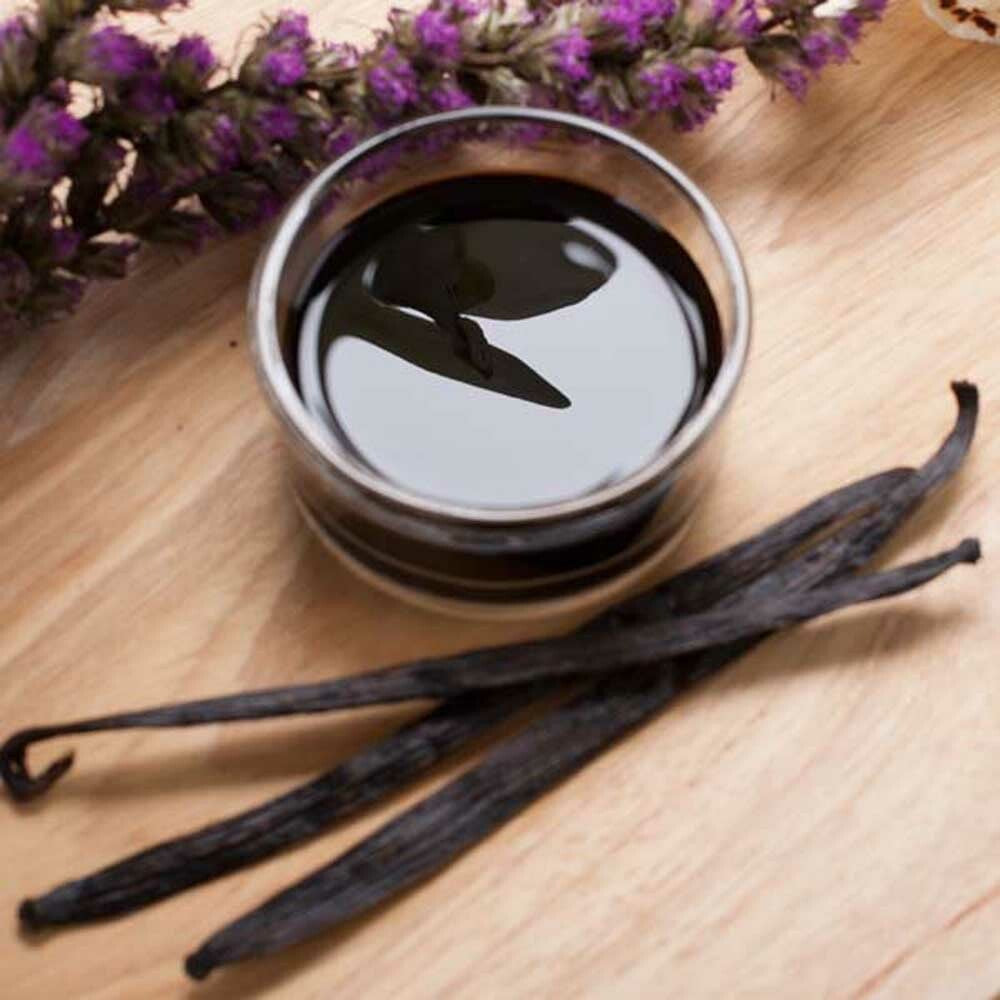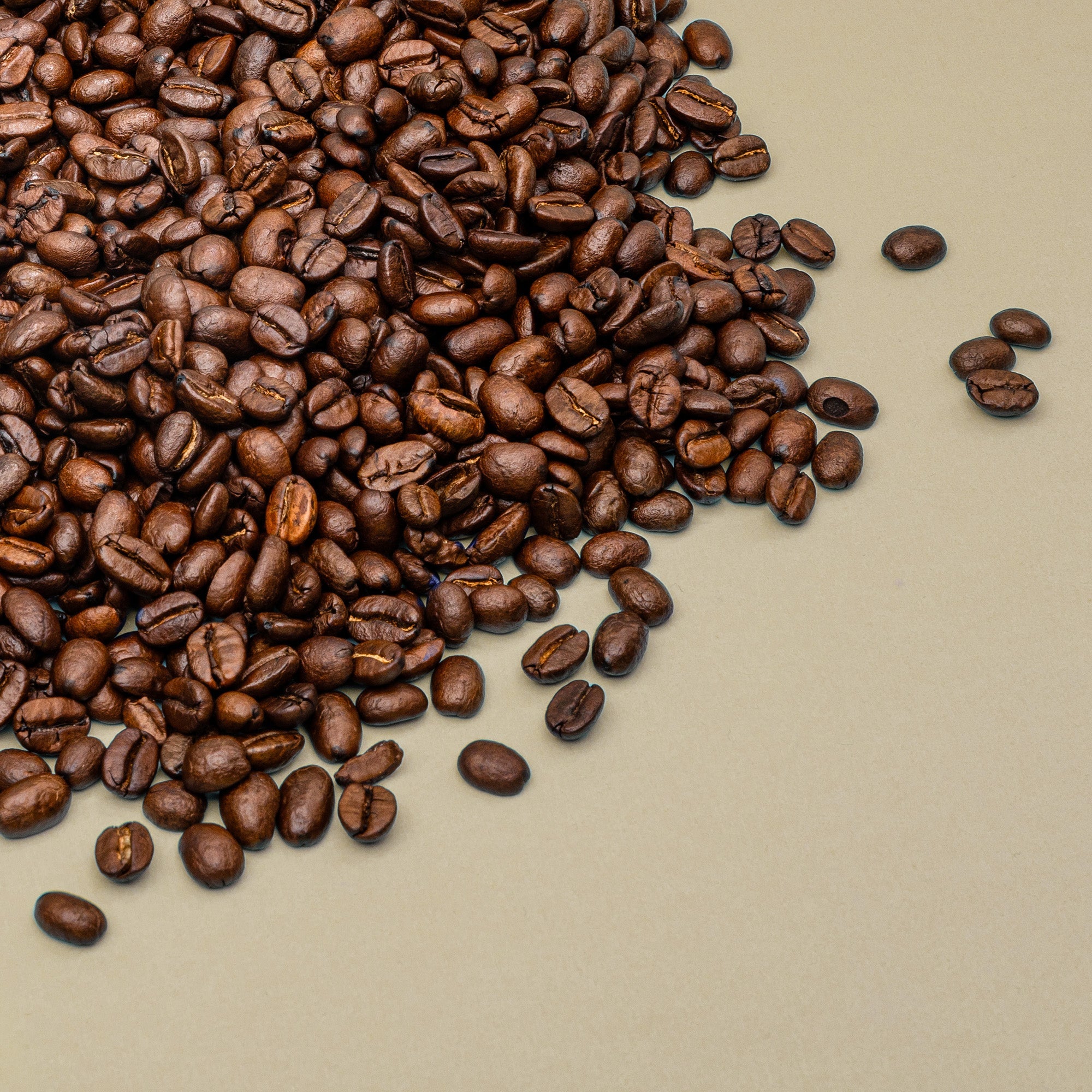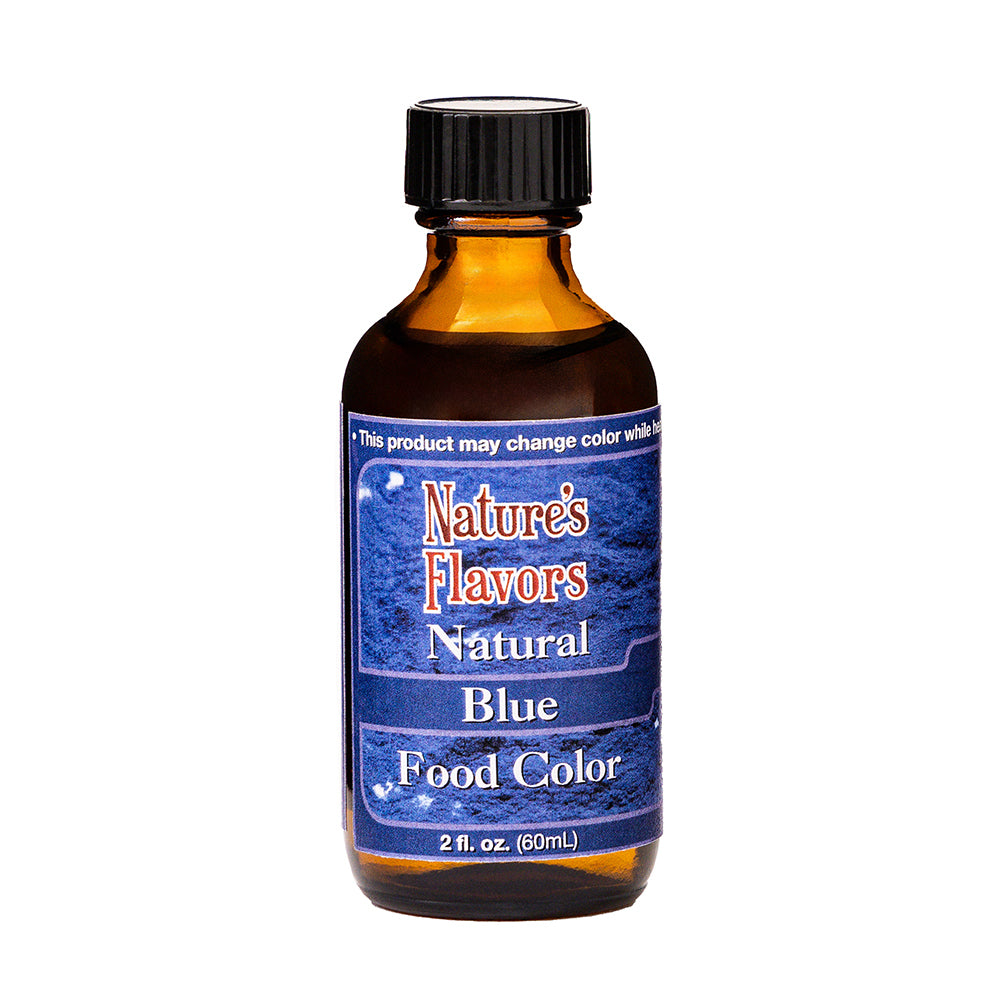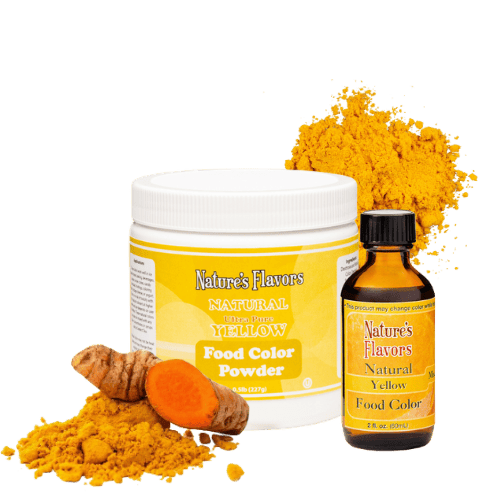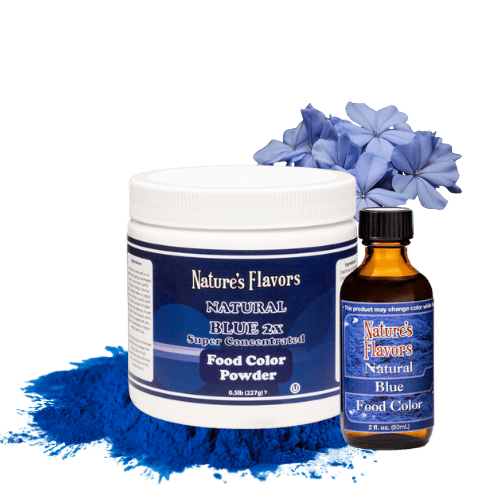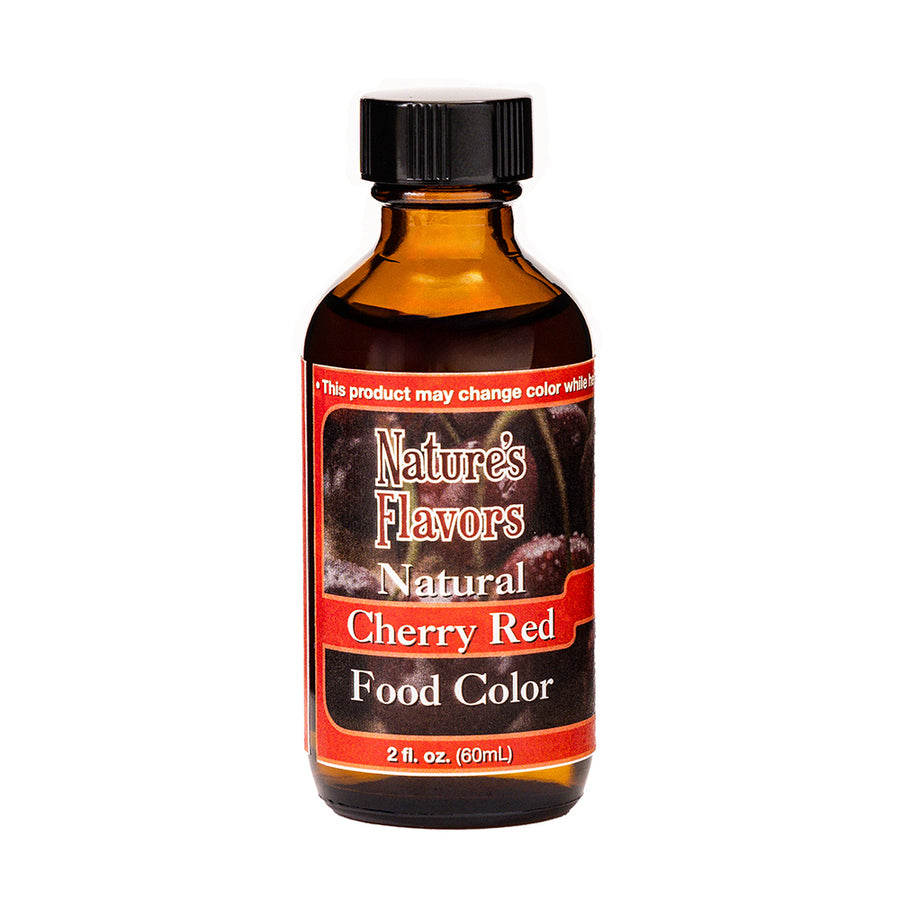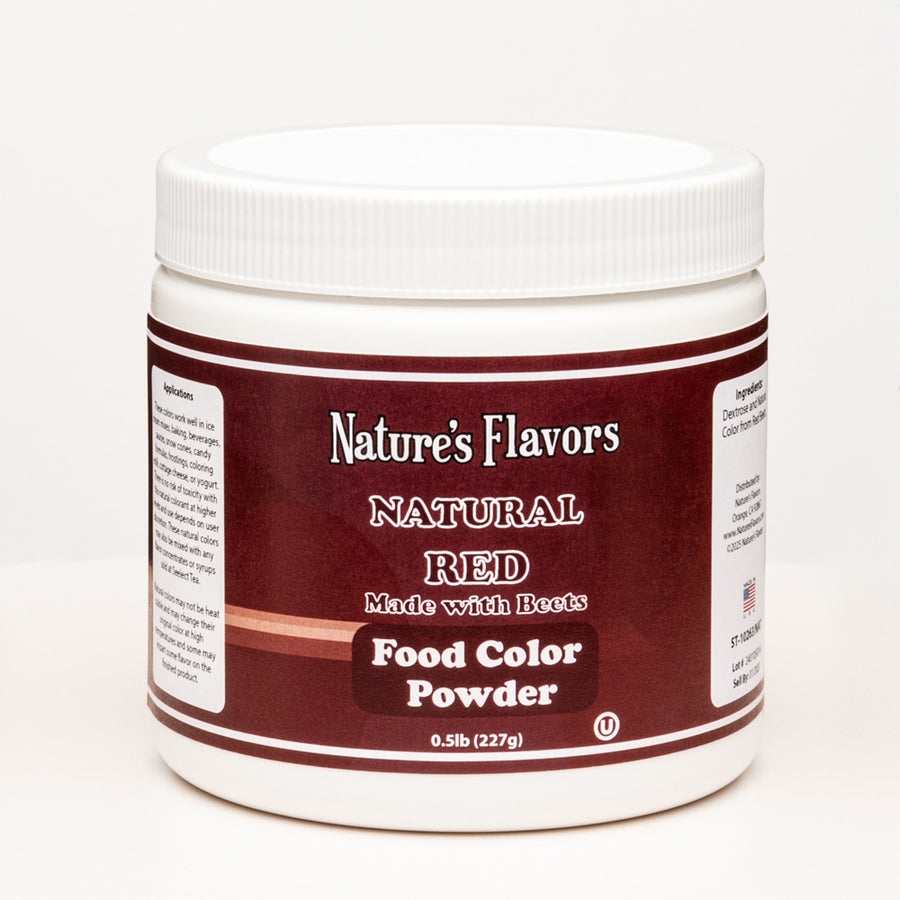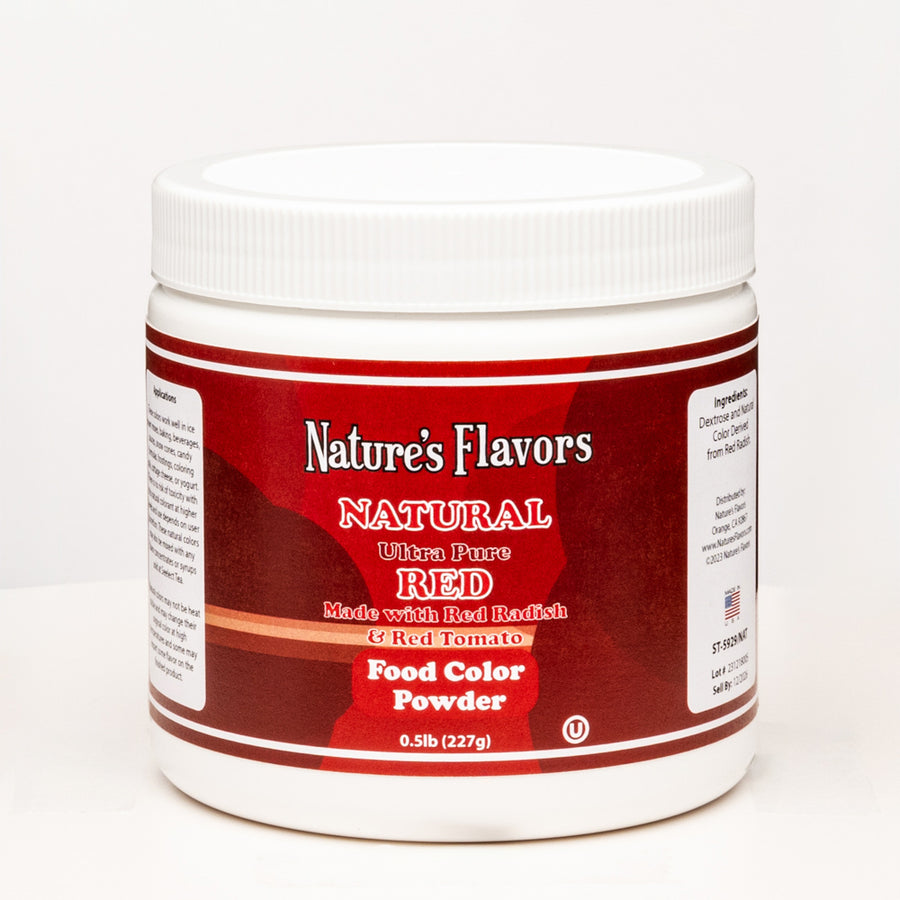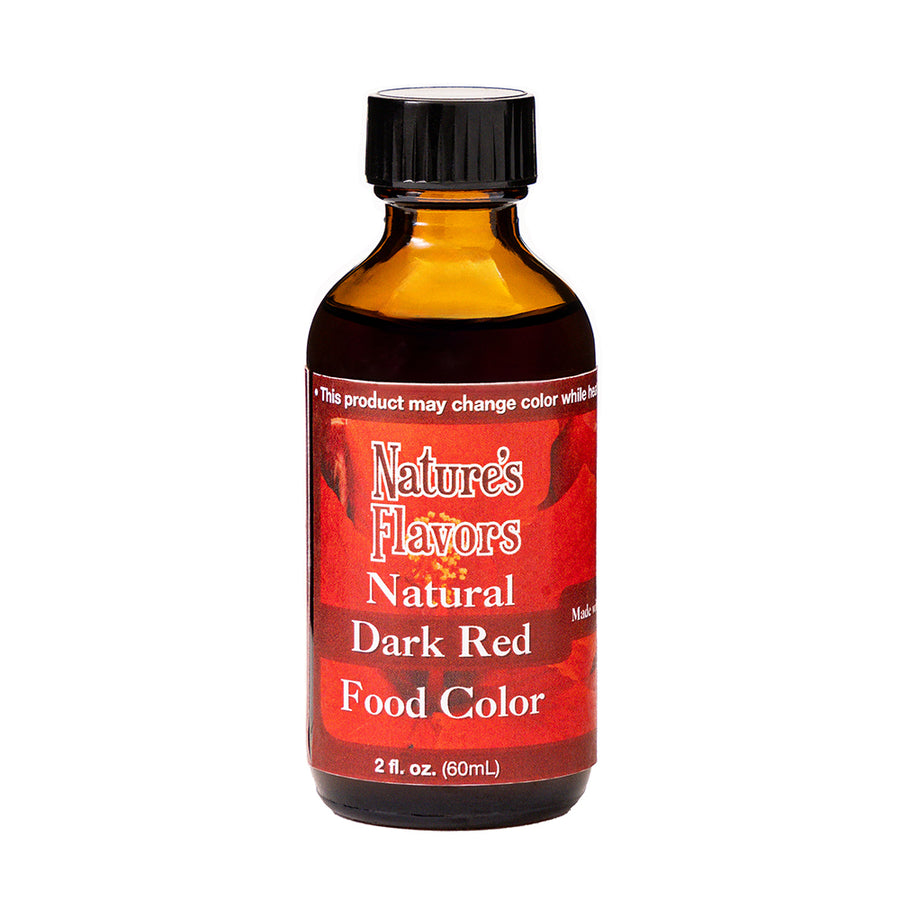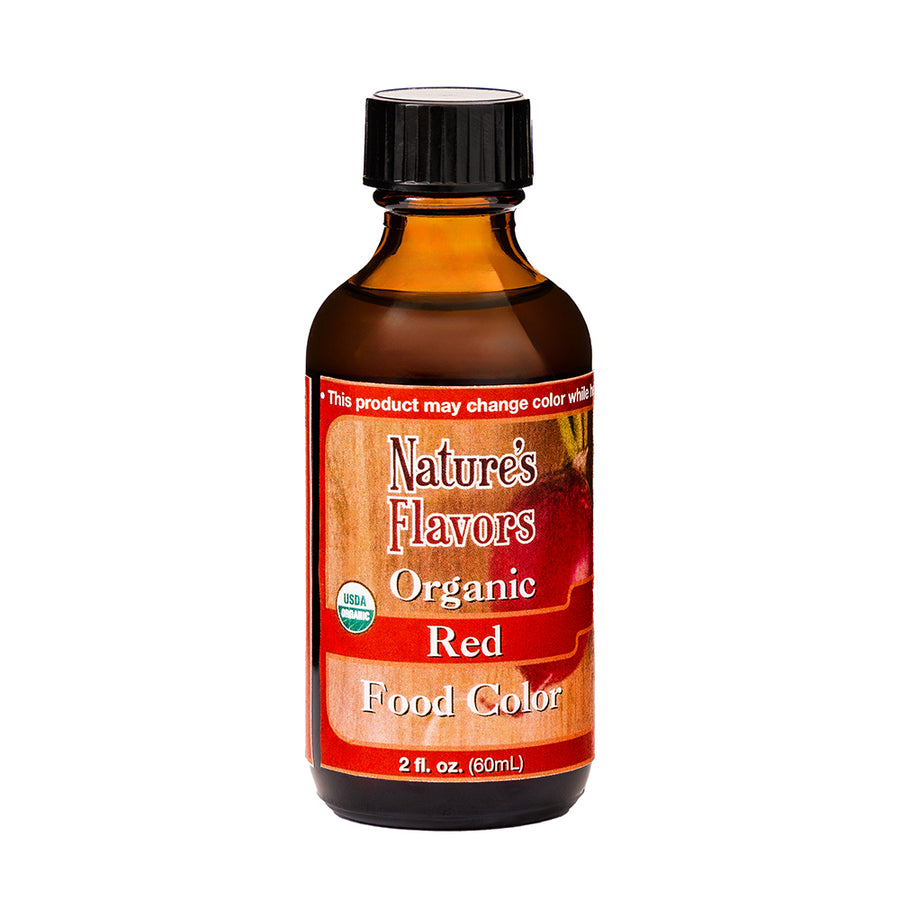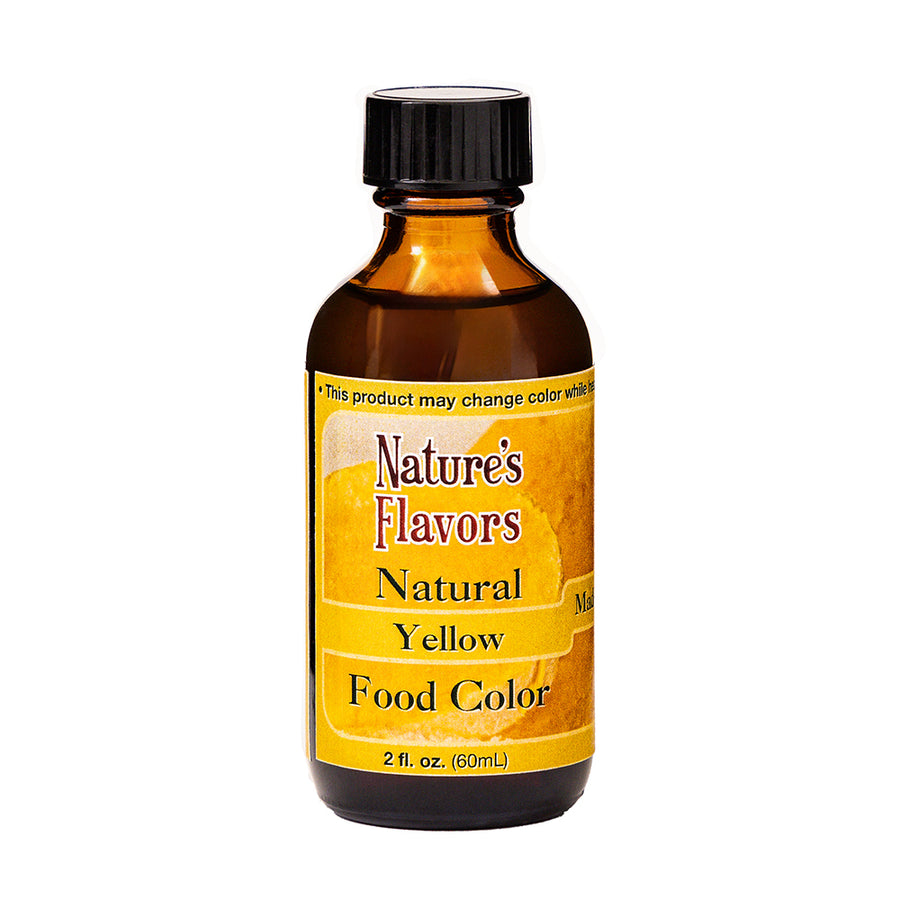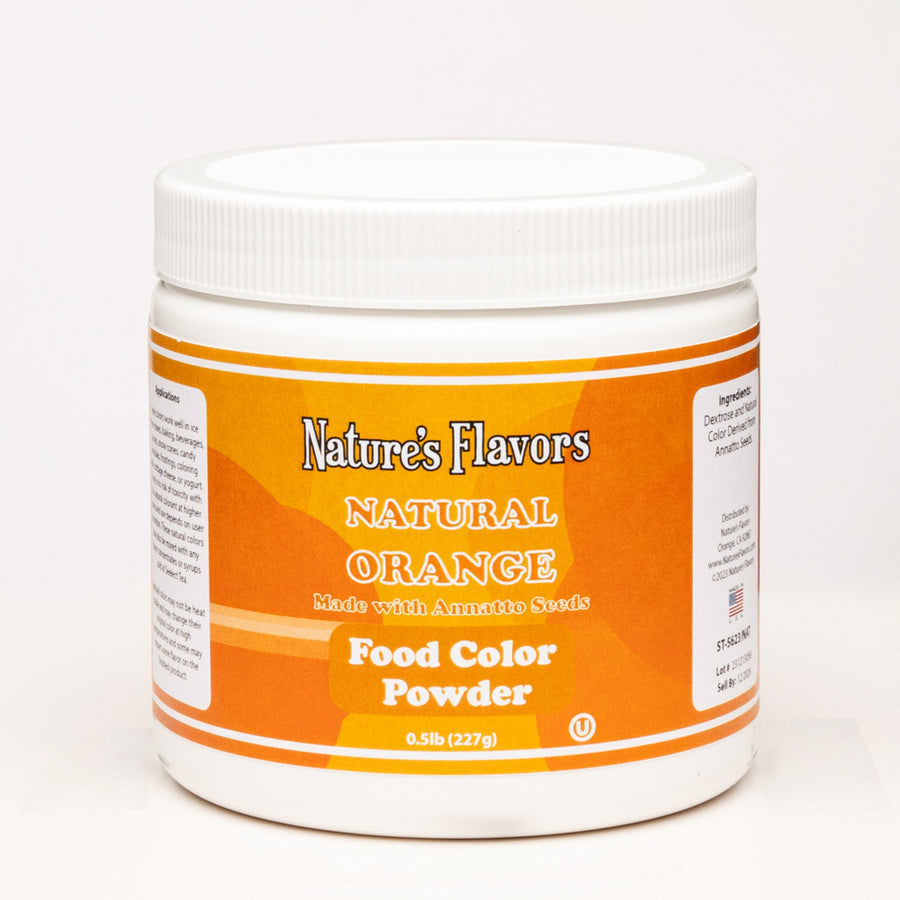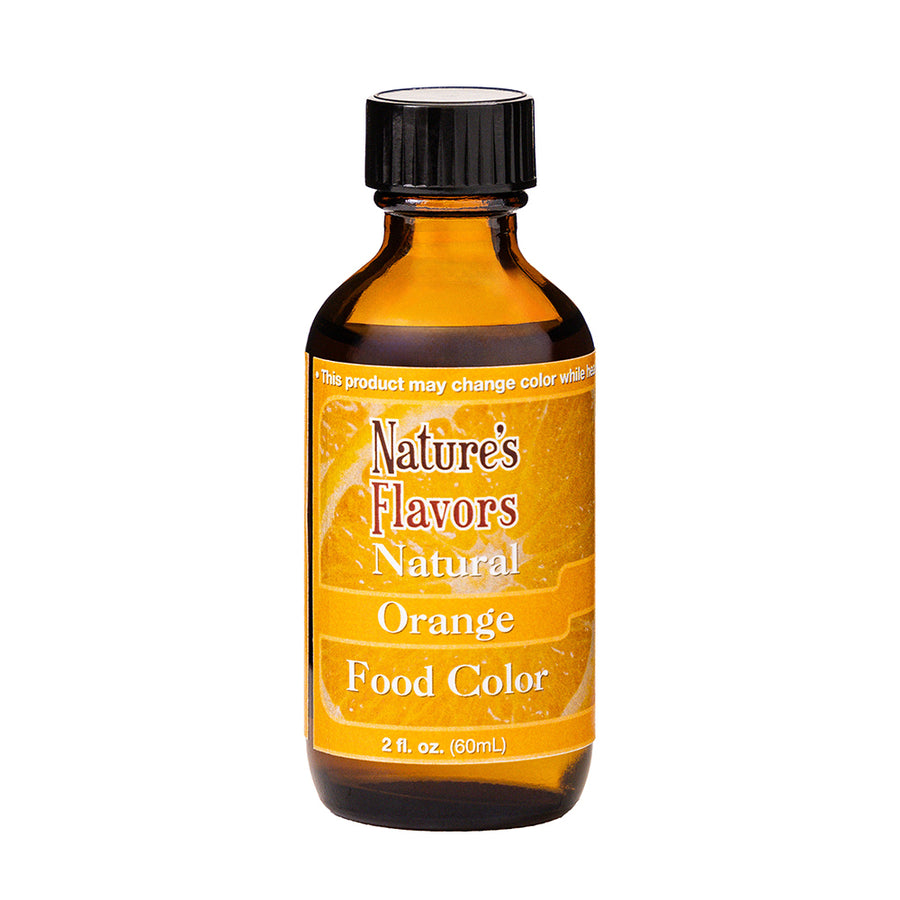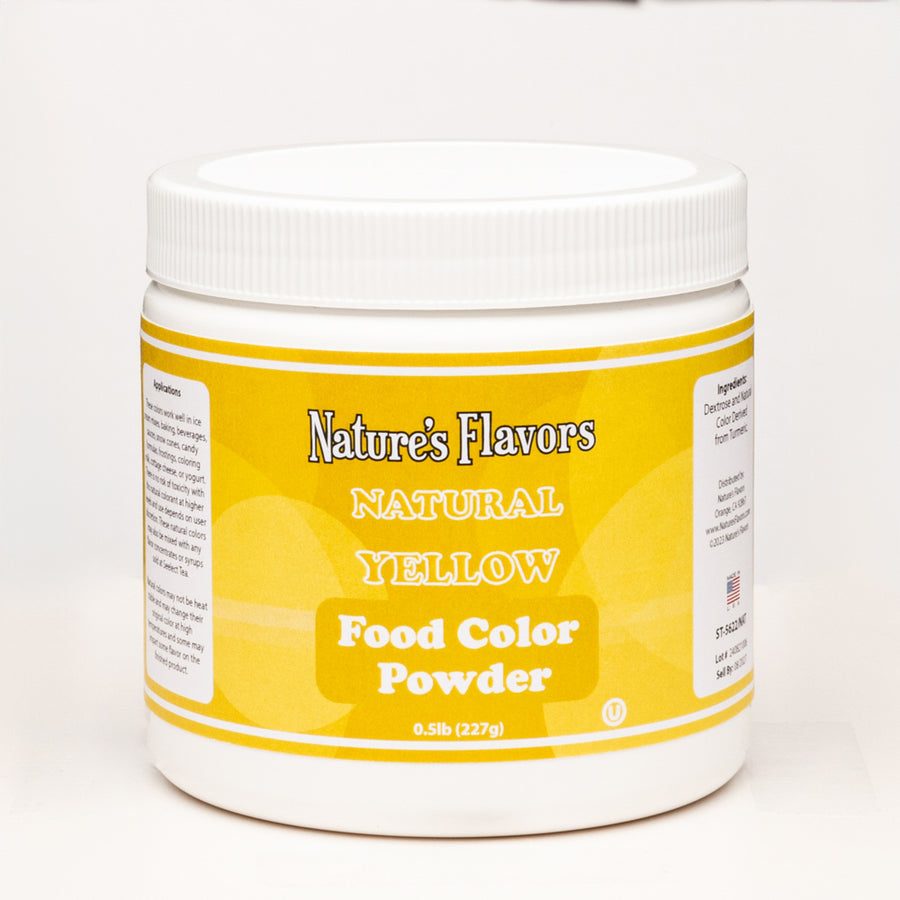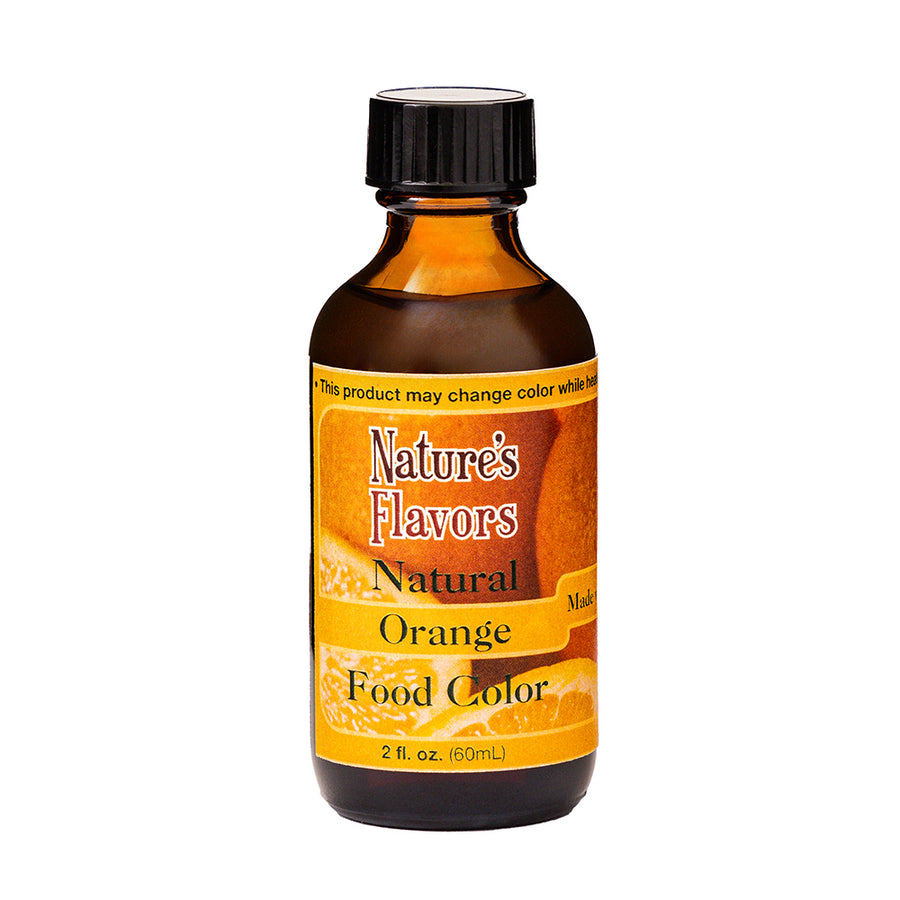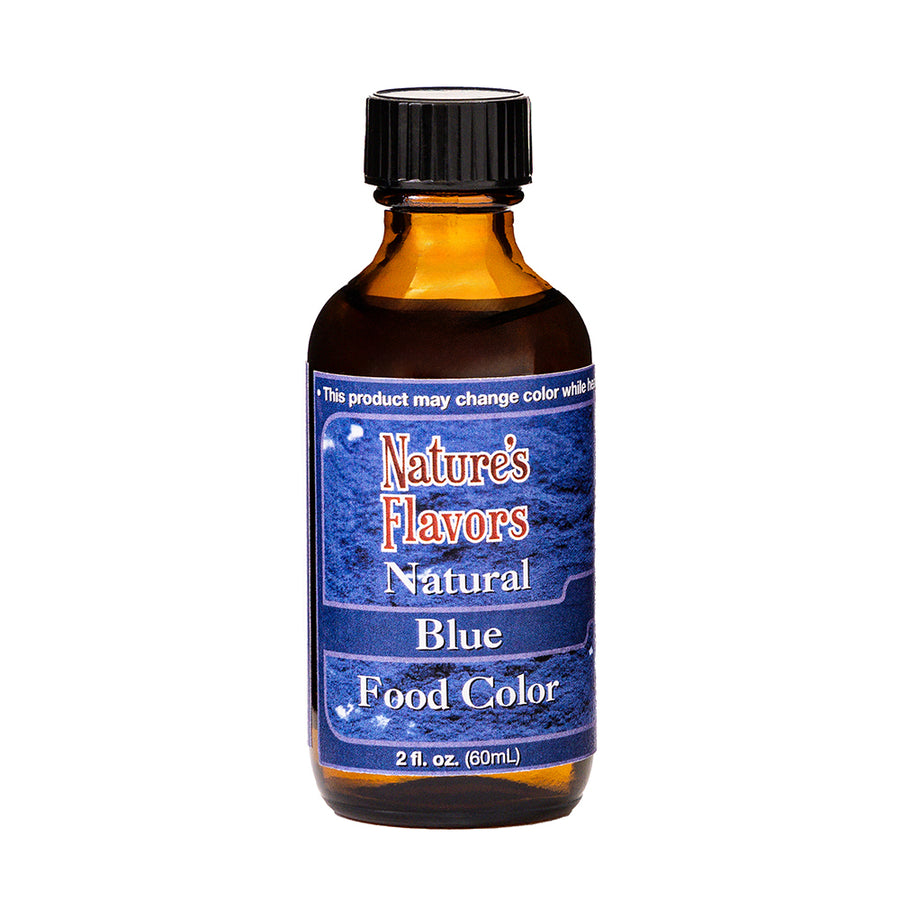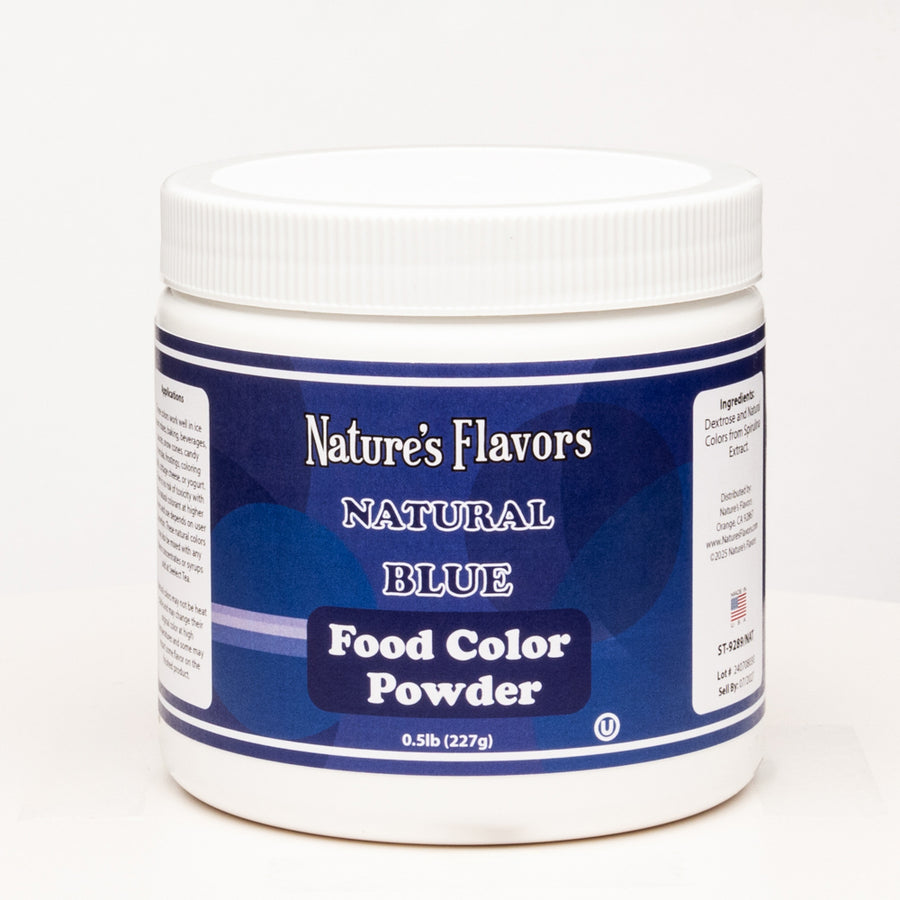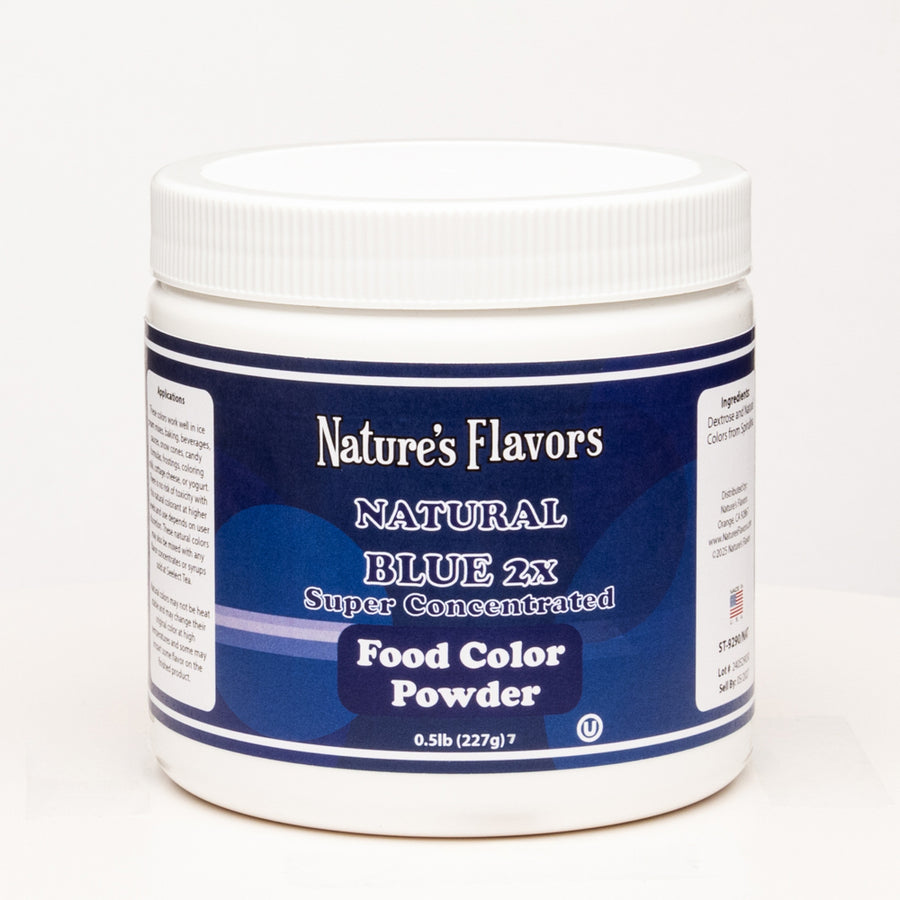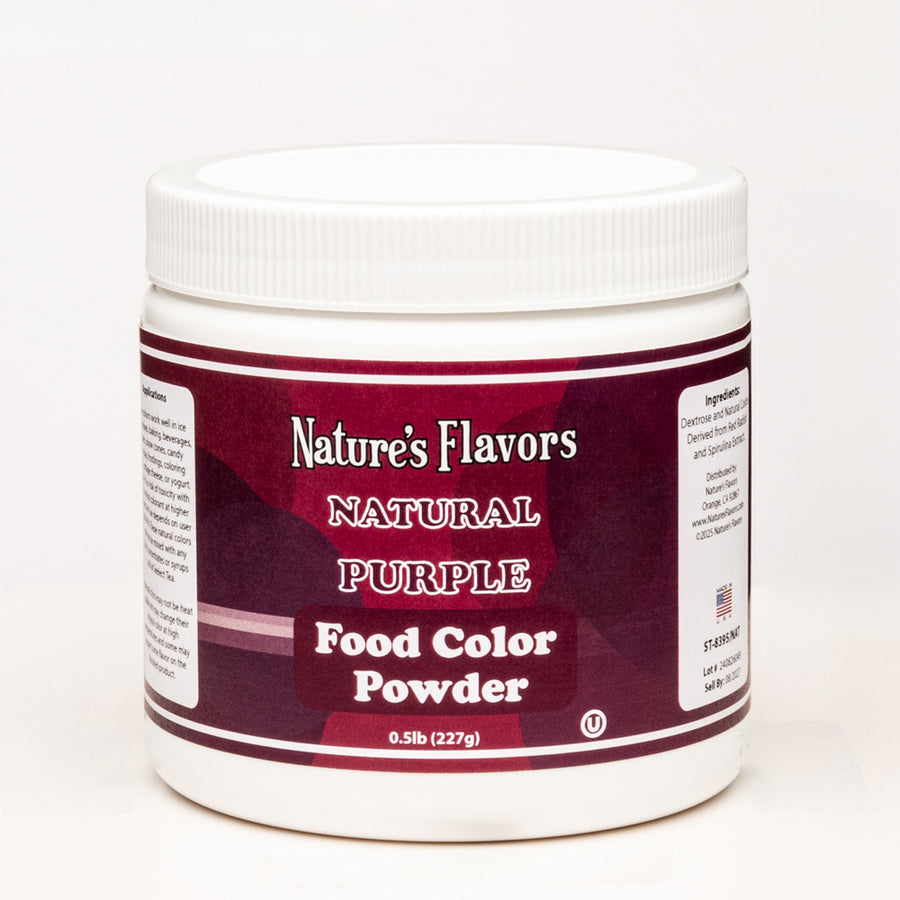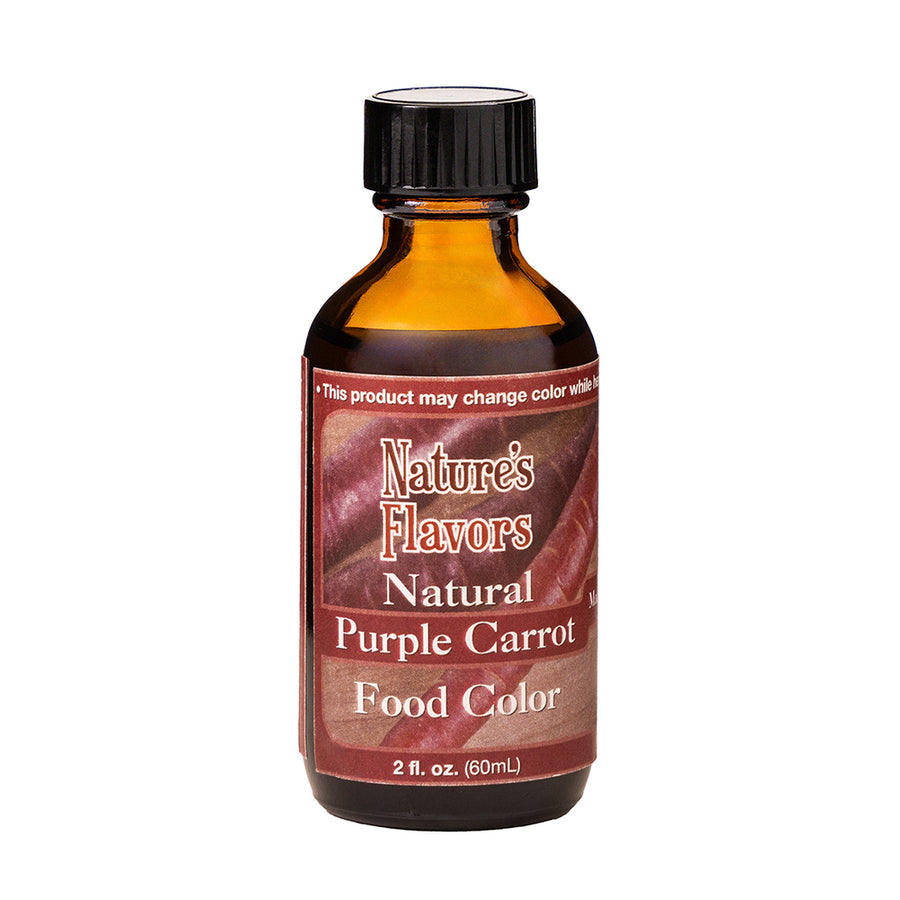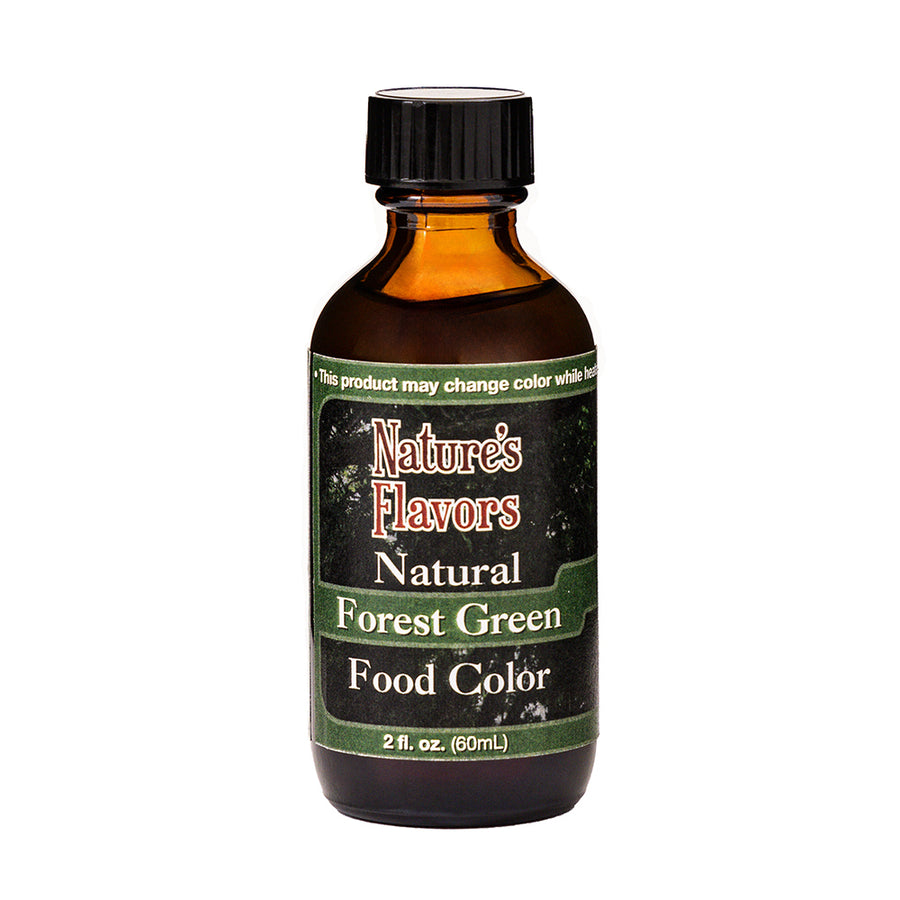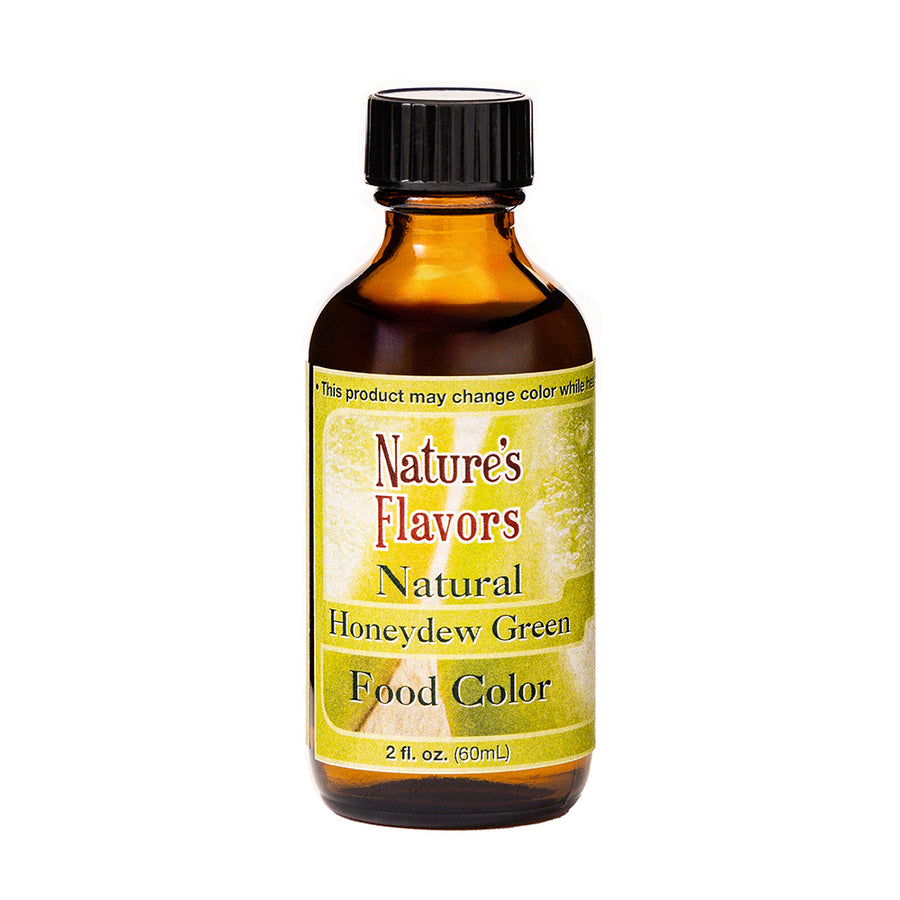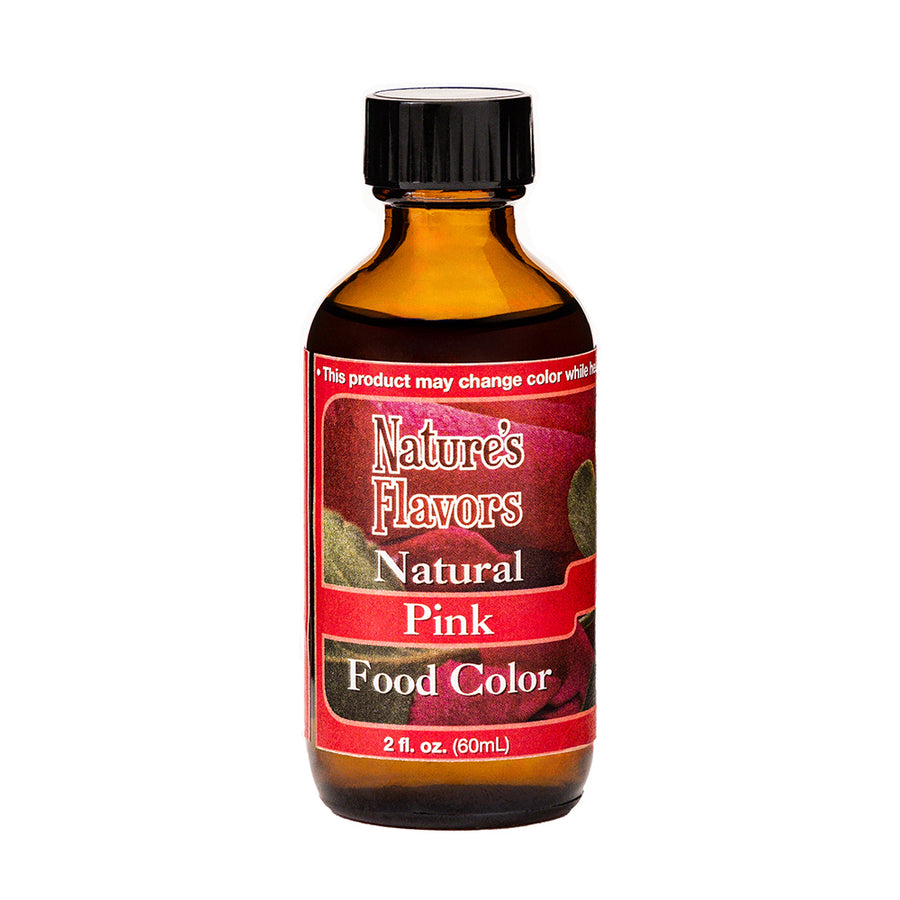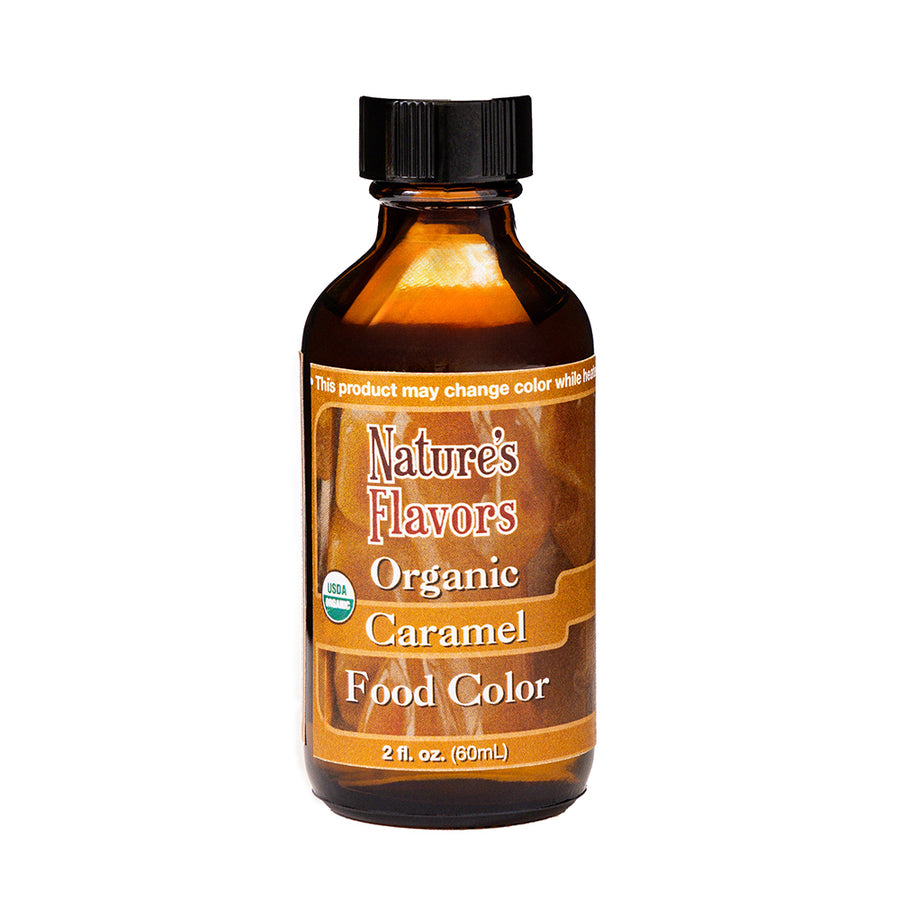Begin your reformulation now
Transition from Artificial Dyes to Natural Colors with Confidence
If you're a food or beverage manufacturer looking to reformulate with natural colors and flavors, our expert R&D team is ready to help. We're currently offering free R&D consultations to help you replace artificial colors with natural solutions that maintain your product's taste, appearance, and shelf stability as close as possible.
Natural Colors Without the Reformulation Headaches
Start Reformulating Now
Stay Ahead of the Competition
Get Expert Assistance
FDA Synthetic Dye Phase-Out by 2026: Compliance Guide
Your Guide to FDA-Compliant Natural Food Coloring Alternatives
This comprehensive guide explores plant-based replacements for artificial dyes—such as beetroot, turmeric, and spirulina—to help your business transition with confidence.
Explore the full range of natural color solutions and start future-proofing your products today.
What should I replace my artificial colors with?
Purchase trial sizes of our natural color alternatives to Red Dye 40, Blue 1, Blue 2, Yellow 5, and Yellow 6. Our naturally-derived coloring work seamlessly in food manufacturing, cosmetics, and baking formulations. Get the clean-label colors you need to reformulate with confidence.
Red 40 Natural Alternatives
View allYellow 5 & Yellow 6 Natural Alternatives
View allBlue 1 and Blue 2 Natural Alternatives
View allReady-to-Use Natural Colors
Instead of combining or mixing colors, we have natural green food coloring, natural purple food coloring, and orange food coloring available that require no blending, giving you the flexibility to achieve Orange, Green, and Purple hues with convenient pre-made natural colorants for consistent results.
Shop All Natural Food Coloring
View allSteps for Transitioning from Artificial Dyes to Natural Food Coloring
To transition away from synthetic dyes:
1
2
3
4
5
6
7
Natural food colorants are increasingly effective replacements for synthetic dyes. With proper formulation and testing, they can meet clean label goals without sacrificing appeal or functionality.
Formulation Tips for Success
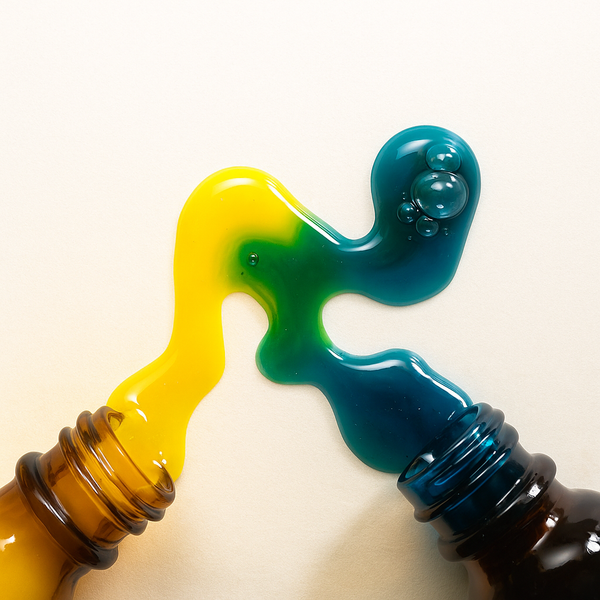
Blending
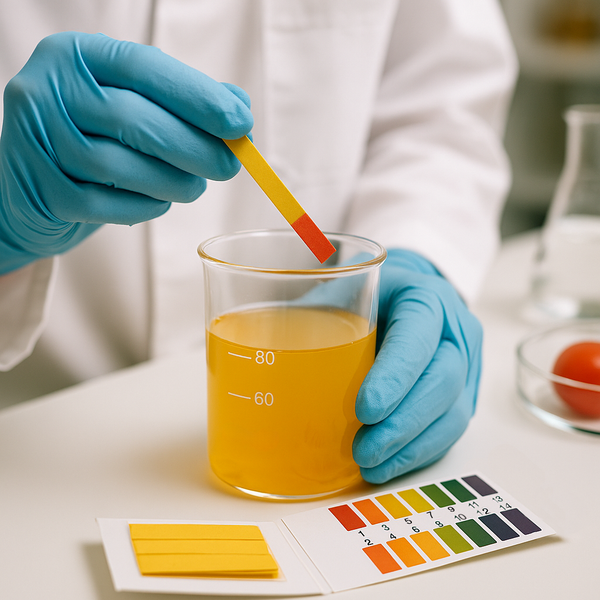
pH Optimization

Microencapsulation
Implementation Considerations for Food Manufacturers
The technical considerations are real - natural colors can be sensitive to heat, pH, and light. However, manufacturers can begin conducting targeted testing and reformulation to achieve optimal results for their specific applications.
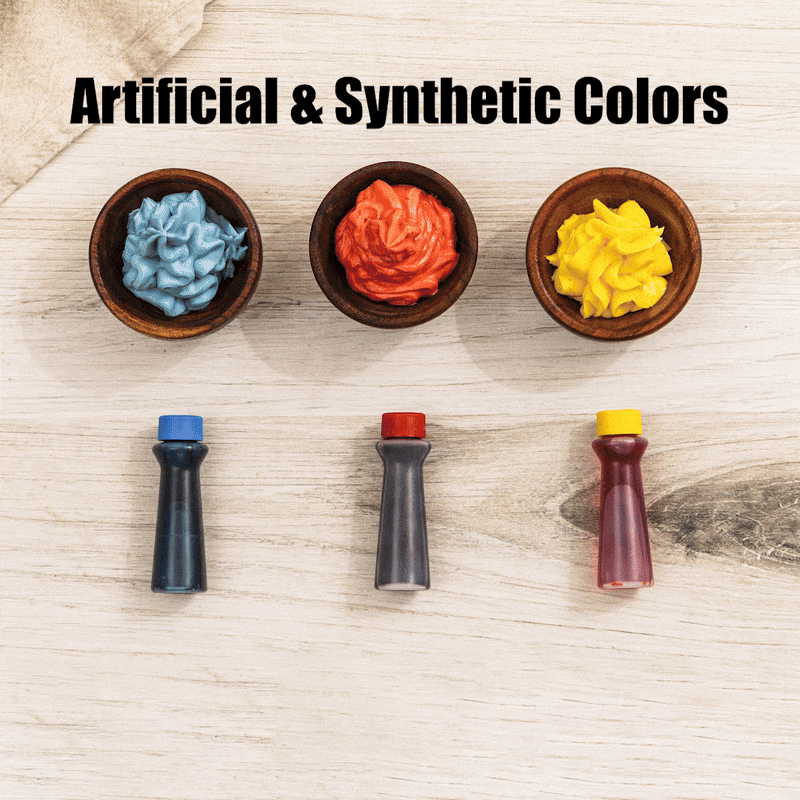
Natural Color Performance
Natural colors are sensitive to:
- pH: Anthocyanins and butterfly pea change hue with acidity
- Heat: Beet and spirulina degrade with heat
- Light/Oxidation: Turmeric, beta-carotene, and paprika fade with exposure
Heat & Light Stability
Cost and Reformulation
Consumer Education
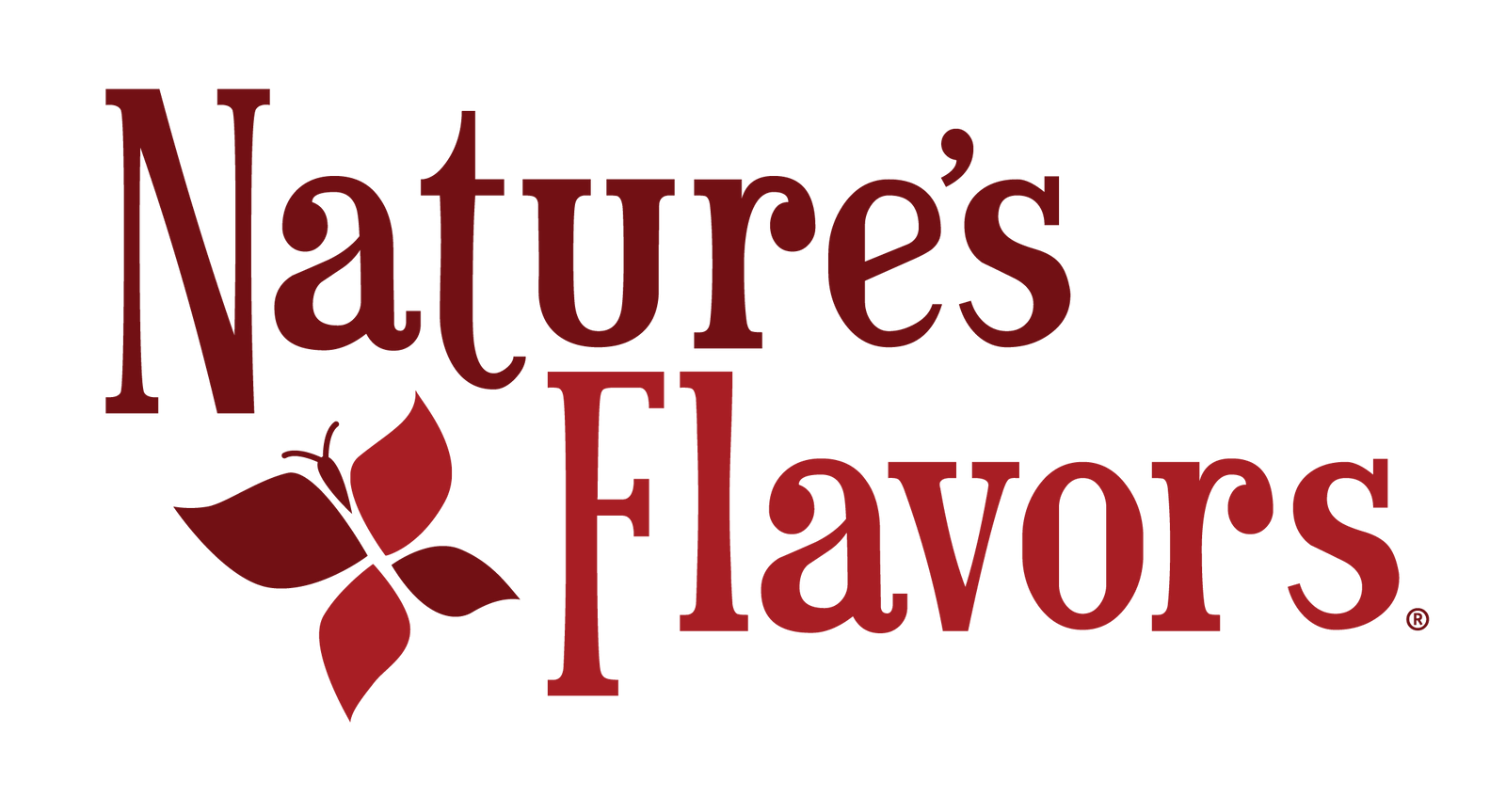
About Nature's Flavors
Nature's Flavors has been developing natural and organic food coloring for over 45 years. Our all-natural and organic colorants are crafted from premium botanicals including beets, turmeric root, annatto seeds, purple carrot, hibiscus flowers, offering manufacturers and consumers established alternatives that meet both upcoming compliance requirements and growing demand for cleaner ingredients.
Your Partner in Reformulating
You don't have to find manufacturing solutions alone. If you're a food or beverage manufacturer looking to reformulate with natural colors and flavors, our expert R&D team is ready to help. We're currently offering free R&D consultations to help you replace artificial colors with natural solutions that maintain your product's taste, appearance, and shelf stability as close as possible.


